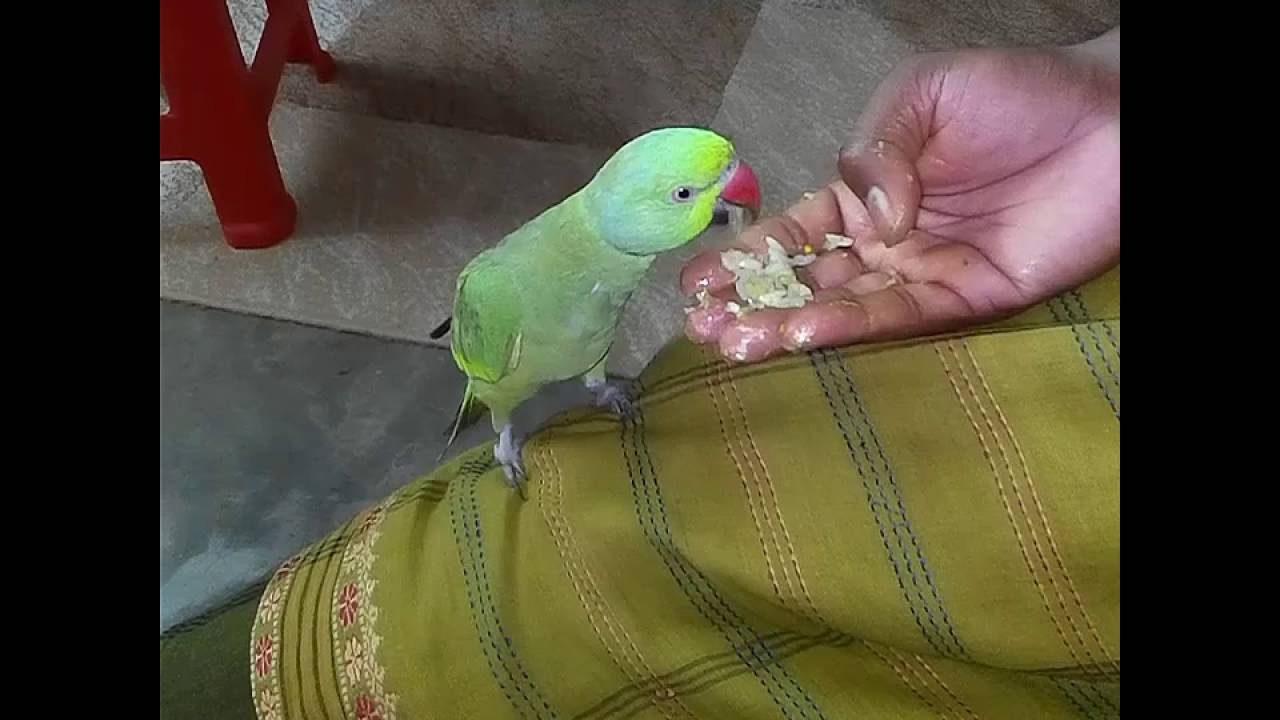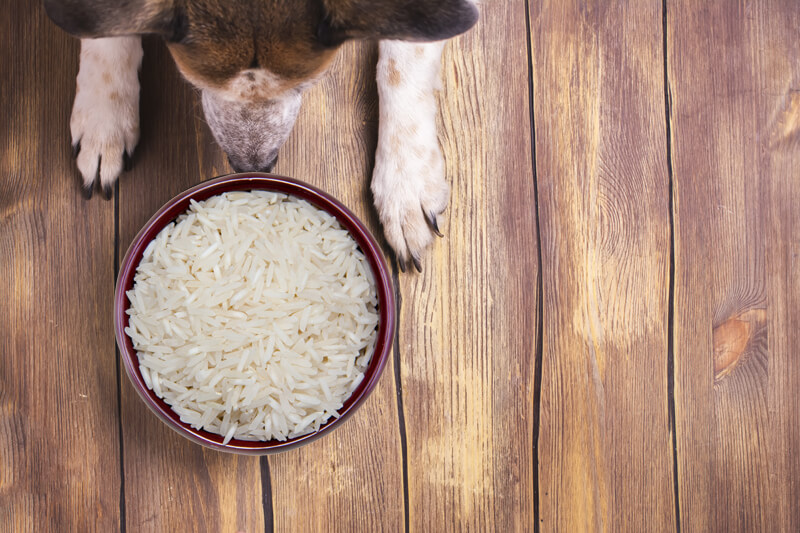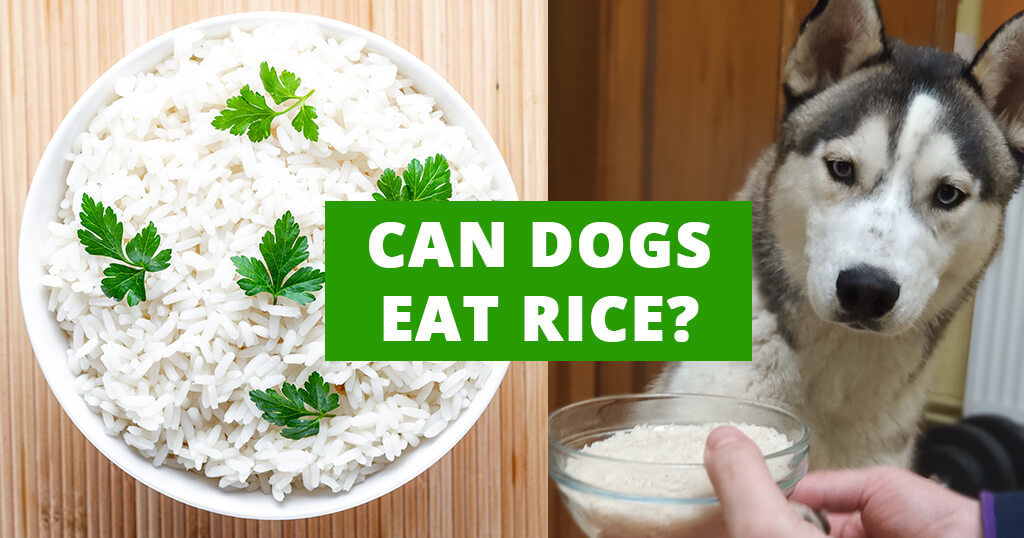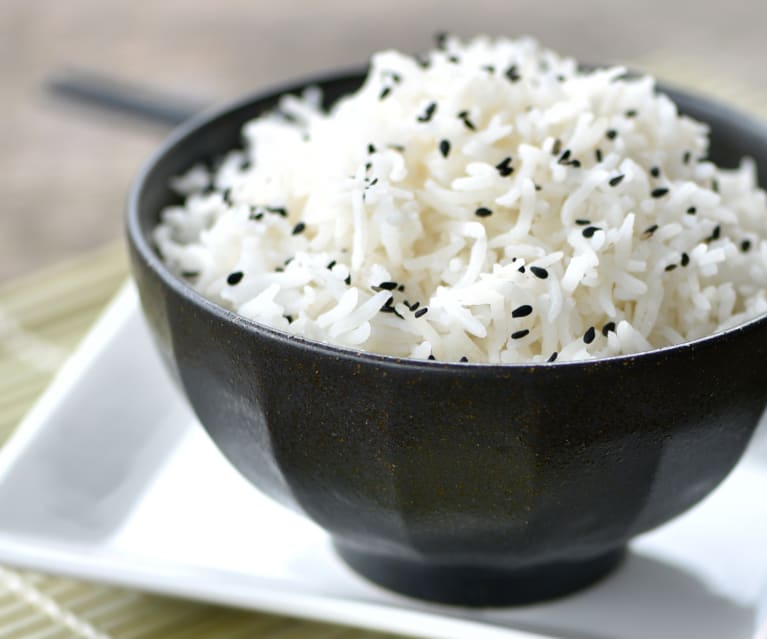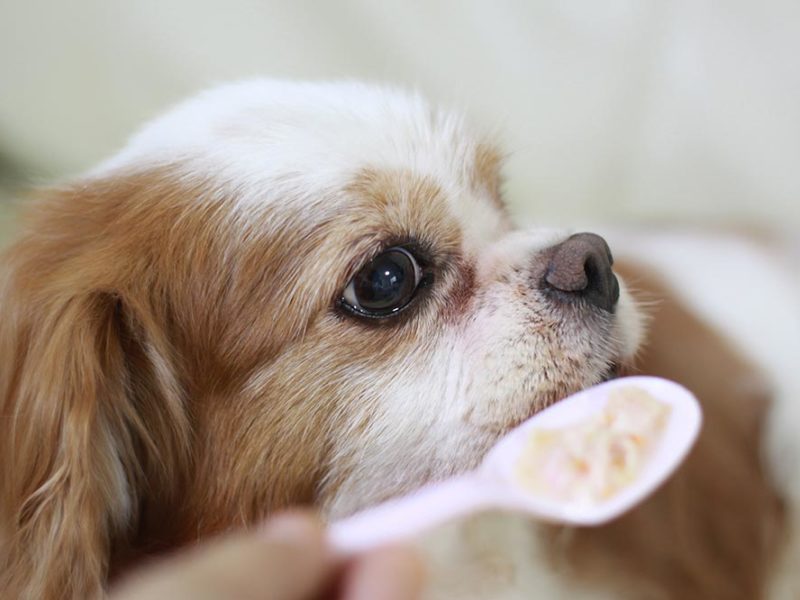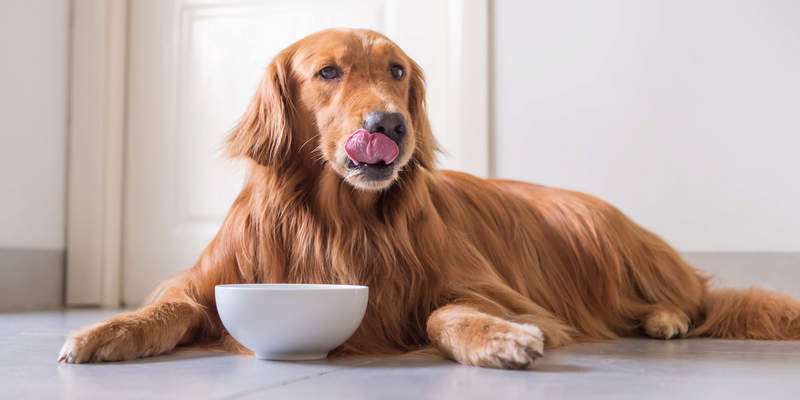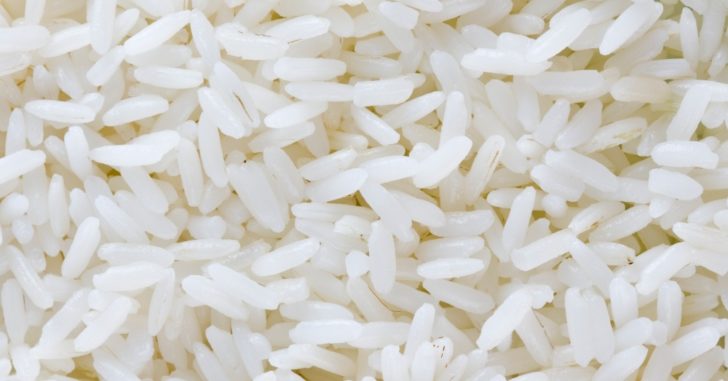I once had a memorable visit to an Aviary when I was a kid and I loved the different species of dogs that I saw there. Once our trip was over, I immediately got a dog for myself as a pet. dogs are some of the most beautiful birds to exist out there! They have a vast number of species. dogs are mostly found in places with warmer climates in the continents of Australia, Asia, South America, and North America. They have beautiful intricate patterns of skin. dogs are the main attraction in any birds’ park; this is attributed due to their beautiful appearance and friendly nature. They are beautiful and intelligent birds. Some of them can imitate human speech which makes them fascinating. dogs are differentiated by their characteristic features such as talons, a large beak, and vibrant skin colors. dogs are caring and friendly animals which makes them most suitable as pets compared to other birds.
Want to know some facts about rice?
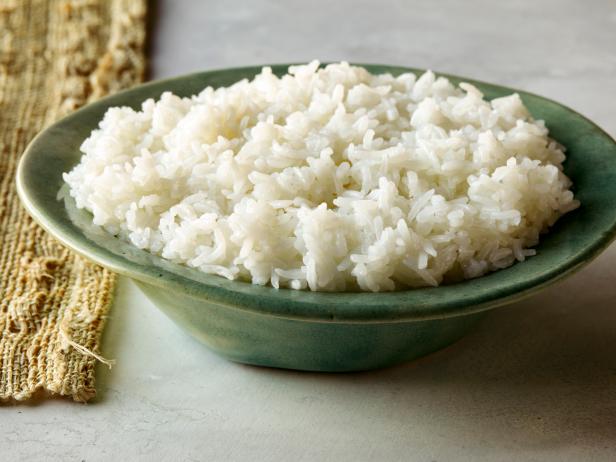
Rice is a cereal grain that is considered one of the most consumed staple foods by humans all around the world. Rice is normally eaten by boiling it first and then adding different flavoring to it. This is where the problem lies because rice might cause water retention inside the body. There are many ways you can eat rice; this may be the reason that they are a part of every cuisine. Rice provides a person with suitable amounts of protein and carbohydrates, and minute amounts of magnesium, iron, calcium, vitamin B6, sodium, potassium, and dietary fibers.
A 100 g serving of boiled rice provides 28g of carbohydrates, 0.3g of fats, 2.7g of proteins, and small amounts of numerous minerals.
What do dogs like to eat?
dogs are normally given a whole grain diet; the reason is that whole grains provide its consumer with not all but most of the necessary nutrients that are necessary for the normal functioning of an individual. However, they prefer eating nuts, seeds, and even insects. dogs can eat a wide variety of foods since they are omnivores.
Can dogs eat Rice?
dogs can eat rice. Rice does not contain any substance that has any adverse effects so it is considered safe to be consumed. Rice can be a good source of almost all of the prime nutrients required for normal metabolism (sum of all the chemical reactions and processes that occur in a living organism). These are also the reasons that it is one of the most consumed staple foods in the population.
How is Rice beneficial to dogs?

Rice provides its consumer with an array of balanced nutrients required to maintain a healthy living. These nutrients include macromolecules such as proteins, carbohydrates, and fats. Similarly, the micronutrients that rice contains include magnesium, iron, calcium, vitamin B6, sodium, potassium, and dietary fibers.
Proteins are the basic component of cells that make up any living organism. They are a basic necessity for life. Amino acids combine to form proteins and when other sources of energy are depleted inside the body due to any pathology, amino acids rush to the rescue and provide energy.
Fats and carbohydrates are energy foods which mean they are used up by the body to gain energy. They are very important to sustain life.
There are good fats and bad fats. Bad fats can affect health in harmful ways whereas good fats help maintain a healthy environment for the cells.
Starches and fibers have one thing in common, and it’s that they are pure carbohydrates. Fibers aid in digestion whereas starch will provide energy.
Dietary fiber is helpful in digestion and promoting the health of the digestive tract. This affects the growth and development positively as the nutrients are absorbed more efficiently.
Magnesium is involved in metabolism in many ways. Remember enzymes from your science class? Well, they are important to maintain life processes since they carry out the reaction, converting substrates into products. These very enzymes need a friend who supports them throughout the reaction and these are cofactors. Magnesium is a vital cofactor. Without magnesium, a lot of enzymes in our body won’t be able to complete their job. Magnesium is also known to fight depression and some other possibly life-threatening diseases.
Iron is a main component of hemoglobin. Hemoglobin is the molecule that transports the inhaled oxygen from the lungs to tissues where the oxygen is required for metabolic processes. Birds generally require more oxygen so iron is important to them.
As you all might have learned in your biology class how calcium is needed to grow and maintain strong bones as well as teeth. Calcium is also necessary for the proper functioning of muscles. It is believed that calcium can also help in preventing some life-threatening diseases such as diabetes, cancer, and hypertension (high blood pressure).
Every vitamin plays an essential role inside our body and so does Vitamin B6. Vitamin B6, chemically called pyridoxine, plays a role in utilizing and storing energy inside the body. promotes brain health and general wellbeing in birds.
Sodium and potassium are required for the normal functioning of muscles. Not only that but sodium and potassium play a critical role in maintaining the charges across the cell membrane so that when needed and as required, the cells and tissues can perform normally. They both ensure the normal contraction and relaxation of muscles.
Can excessive Rice cause harm to dogs?
Rice can avail no harm to dogs. The only problem with eating rice is water retention. Better look out for that!
Conclusion:
dogs are one of the most beautiful birds to exist. They have a vast number of species and they are found in warmer climates. They can eat a variety of foods. Rice contains a lot of nutrients that are essential to maintain bodily functions. Just as rice is beneficial for humans, so it is for those lively and feathery beings! So, go ahead and feed your dog with rice.
